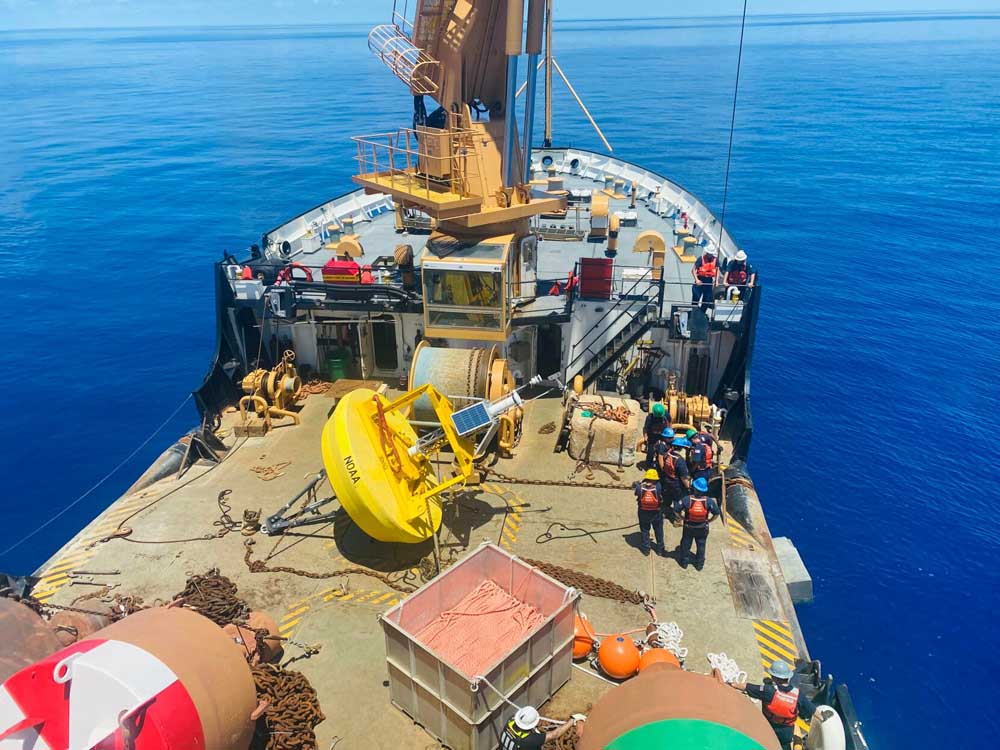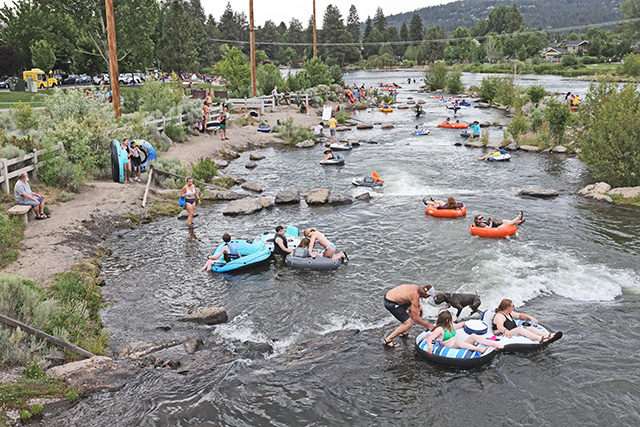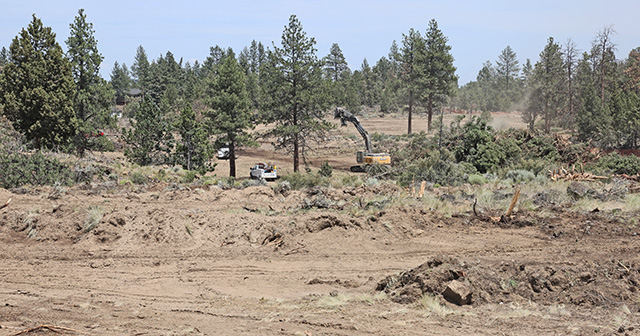2 broken Columbia River weather buoys worry crab fishers, bar pilots
Published 9:45 am Tuesday, March 5, 2024

- The National Data Buoy Center operates on a two- to three-year service schedule.
Like many commercial fishermen, Kelsey Cutting relies on data from weather buoys at the mouth of the Columbia River to guide his decisions whether to set out for Dungeness crab. But as he’s learned, not all weather buoys are created equally — and when one goes out, there can be serious consequences.
The National Oceanic and Atmospheric Administration operates two buoys at the mouth of the river that track real-time data on barometric pressure, wind direction, speed and gust, air and sea temperature, humidity and waves, which help inform National Weather Service forecasts.
The buoys have been out of operation since late last year. Although the Scripps Institution of Oceanography still has a working buoy at the mouth of the river, its data reporting is more limited, leaving commercial fishermen in a challenging and sometimes perilous guessing game about the weather.
“The weather buoys are just key safety devices here — I mean, there’s just no question about it,” said Dale Beasley, the president of the Columbia River Crab Fisherman’s Association and the Coalition of Coastal Fisheries. “One of the things that happens every day when a crab fisherman gets up, one of the first things he does is his weather report to see what is going to happen.”
Far-reaching impacts
Beasley said crab season can already be grueling — but this year, there are added challenges. For one thing, the season was delayed from its typical early-December start date until February due to low meat yields, shortening the opportunity fishermen have to make a profit. A January fire also destroyed thousands of crab pots near the Port of Ilwaco just a week before the season was set to begin.
The first two weeks are the most important of the whole season, Beasley said. Last year, his crews were out for 14 days straight. Without reliable weather buoy data, however, it’s harder to make informed decisions around risk. If fishermen err on the side of caution, they could end up wasting precious early-season fishing days. If they err on the side of getting a good catch, they could find themselves in dangerous waters.
“I have three guys that work for me, you know, and safety is always the utmost concern,” Cutting said. “I want to keep everyone safe on the boat, but we do fish pretty tough. It’s a very make-or-break type industry. If you miss a few days in that first few weeks of the season, you don’t recover from it. Those crab are only there for so long, so you need to be there as much as you can in those first few weeks of the season.”
Fishermen aren’t the only ones that rely on the weather buoys, though. Year-round, the U.S. Coast Guard and Columbia River Bar Pilots also use NOAA’s buoys for navigation.
Columbia River Bar Pilots guide ships from the ocean into Astoria. Dan Jordan, an administrative pilot, said the weather buoys are an essential tool for knowing when to stop ships and get them moving again — especially on the Columbia River Bar, which is known as one of the most dangerous entry points to commercial ports in the world.
While safety is a concern, Jordan said so is commerce. The Columbia River is a major entry point for grain, corn and soybeans, and most ships carry six unit trains’ worth of materials. If ships are delayed, it can impact the rail system and other ports upriver.
Jordan said inoperable weather buoys aren’t a new challenge. Some years are better than others, but when a buoy does go out, it isn’t uncommon to wait months before it can be serviced or replaced. The two buoys that are inoperable have been out since late November and early December.
“It’s always been long, easily three months,” Jordan said, adding that the Columbia River Bar Pilots and crab fishermen have been pushing hard to have the buoys deployed before the winter. “Even if the buoy tender — it’s the Coast Guard buoy tender that puts it out — even if it’s available, it can’t be lifting a buoy with a crane in big waves out there to actually put it in place. So come November time frame, if there’s one missing if they don’t get it in place, it’s pretty much guaranteed to be out all winter.”
Service challenges
The National Data Buoy Center, which is part of NOAA’s National Weather Service, operates on a two- to three-year service schedule. Equipment is kept at the administration’s headquarters in Mississippi and sent to sites as necessary according to the schedule.
William Burnett, the director of the National Data Buoy Center, said the location of the equipment isn’t the primary hurdle, though — it’s the resources required to service a buoy.
“We unfortunately just don’t have the amount of equipment necessary to be able to go out and repair a buoy on a short notice, because of the equipment that we need to have on hand and also the ability for contract vessels or the U.S. Coast Guard,” Burnett said.
Scripps buoys are small enough to fit in the back of a pickup truck, and can typically be replaced relatively quickly by a local salmon charter boat, Jordan said. NOAA buoys, on the other hand, are much heavier and require a large vessel to deploy. The National Data Buoy Center sometimes partners with the Coast Guard to deploy the buoys, but if a partnership isn’t feasible for a particular buoy, it can mean a longer wait.
The National Data Buoy Center monitors the buoys 24/7, 365 days a year through its mission control center. If a buoy goes out at one station, the team will evaluate the situation and the upcoming service schedule to create a maintenance plan. Burnett added that if the team does push a deployment up in the service schedule, that generally comes at the expense of service to a buoy somewhere else, so it’s important to consider the big picture.
At the end of January, U.S. Rep. Marie Gluesenkamp Perez, a Democrat who represents southwestern Washington state, wrote a letter urging NOAA to prioritize the repair of its two weather buoys at the mouth of the Columbia River. The National Data Buoy Center recently confirmed Coast Guard support for the deployment of one of the buoys in March. The other is scheduled for deployment in September or October of this year.
“I think it’s really ridiculous that it’s been out of service for this long,” Cutting said. “I’d like to see something more efficient in the future of keeping those buoys up and running for everyone that uses them.”
In a perfect world, Jordan said he’d like there to always be a spare buoy available at Tongue Point for a more rapid response. Burnett said he recognizes how critical the buoys are for people to conduct their lives on the ocean. The National Data Buoy Center’s job is to provide timely and accurate observations — and they’re in consistent conversation about how best to achieve that.
“We’re always putting forth our requirements and our requests for funds to continue to maintain the network as best as we can,” Burnett said.







